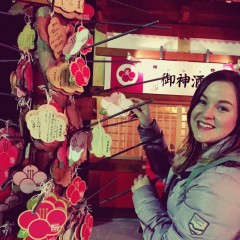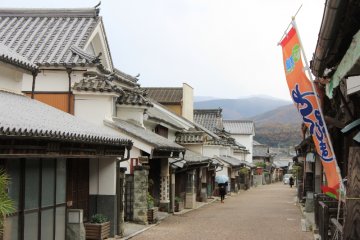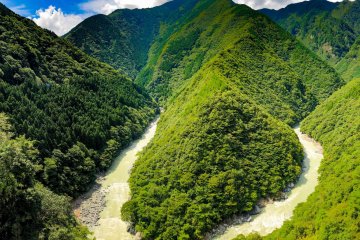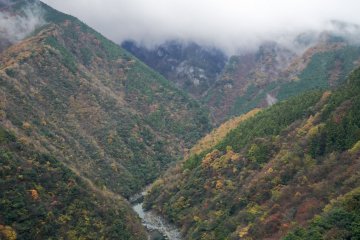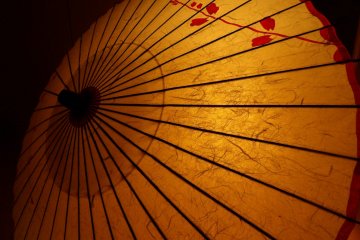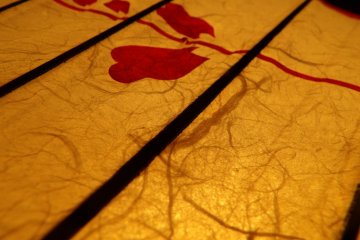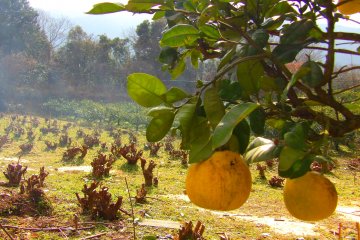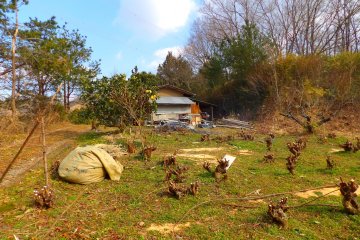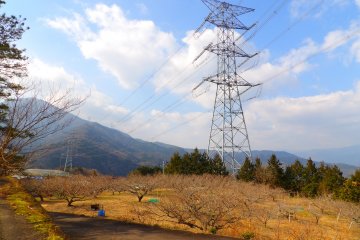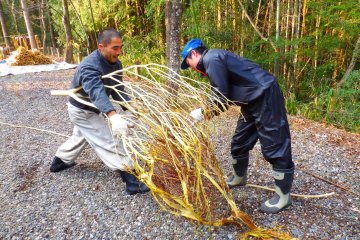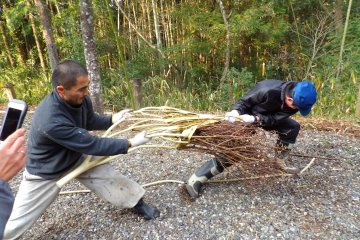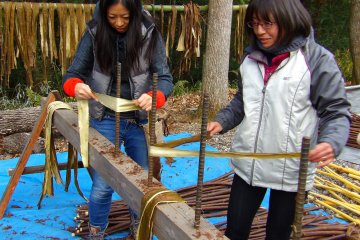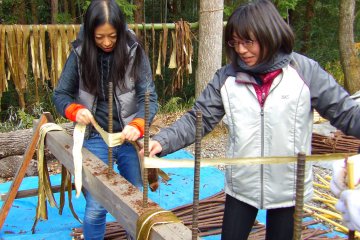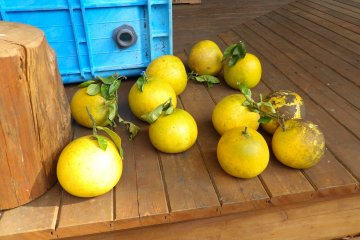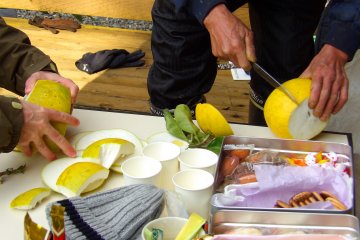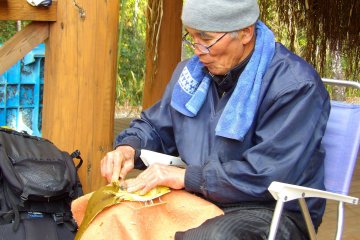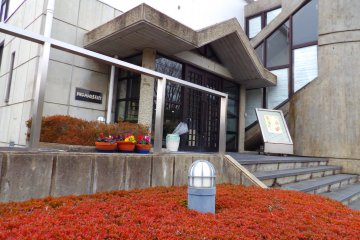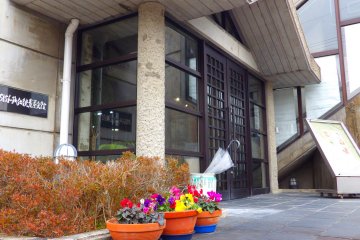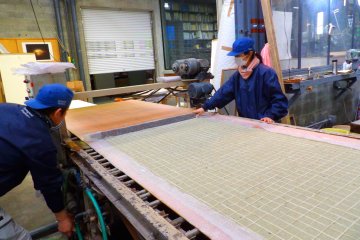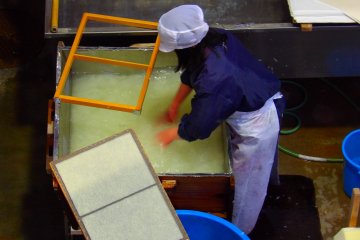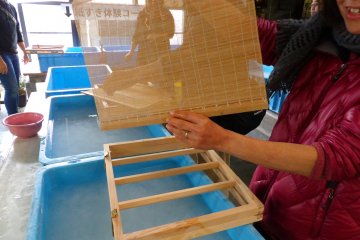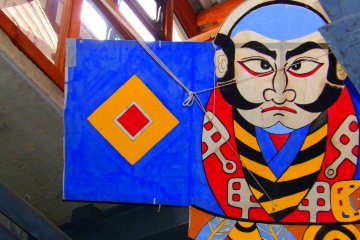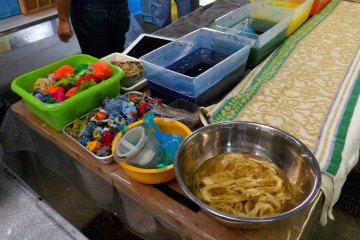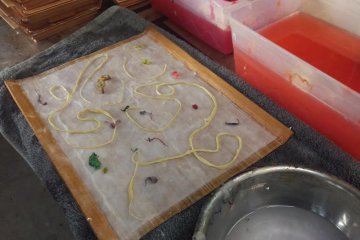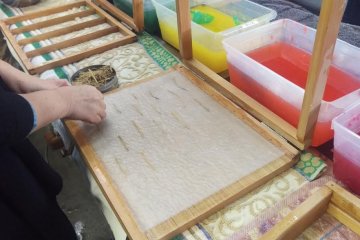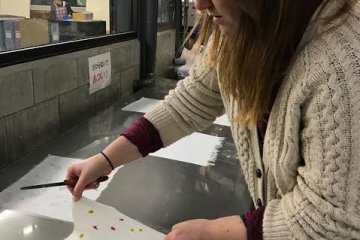In the calm of the Tokushima mountains, there’s a place to learn how to make one of the most fundamental tools of communication – and a beautiful one at that. Since the 7th century, Japanese people have been making paper by hand in Tokushima Prefecture. Yamakawa Town is perfectly located for paper production within a valley of rolling mountains that shelter the Yamakawa River. It is here that the fascinating eighth-generational Awa Washi paper business is found. If you're interested in learning more about how washi is made, and even cut down a tree or two yourself, then the Awagami Factory is the place to go.
One of the most appealing factors about a visit to the Awagami Paper Factory is how hands-on the experience is. Here, you can work with seasoned experts to participate in a process that has barely changed since the times of feudal Japan. As a day visitor, you can make a washi postcard of your very own on-site. But as well as offering brief introductions to awagami, the Awagami Factory also hosts fascinating, in-depth seasonal paper making workshops that follow the process from crop harvesting to the completed sheet. These happen in January and August, and participation is open to artists, students, and paper enthusiasts of any kind who want to learn more about this ancient technique.
I was delighted to participate in the special Winter Workshop, which focuses on harvesting the mitsumata plants in the local mountains, instruction in the preparation process, and finally making the sheet paper. Both workshops immerse you in the production process and are supervised by the very warm and welcoming eighth-generational owner, Minoru Fujimori.
The Winter Workshop begins with a ride up the mountain to the mitsumata (oriental paper bush) and kozo (mulberry plant) plantation. At this time of year in Tokushima the air is crisp and some of the foliage is still orange. After a morning of harvesting the branches it made sense why warm, sturdy clothes are imperative ... and the lunchtime bento is definitely well deserved. Next, the steaming and de-barking of the mulberry branches happens at a storybook cabin in a forest clearing. The de-barking is a labor of love and getting involved inspires new-found appreciation for the “hand” in “hand-made”. It’s a beautiful location and a real insight into life in rural Japan. Your investment and fascination grow as the raw materials slowly begin to show promise of the final result.
The second day of the workshop takes place at the Washi Kaikan, the visitor-friendly paper mill where their shop and exhibition centre are located. Further stripping mulberry bark with small knives, the white bark is handed over to the technicians to complete the bleaching and treatment process. In the interval, there is time to ask any of your burning questions. Fujimoto was a wealth of knowledge, explaining that the main difference between washi paper production now and in the 7th century is that producers no longer use rice powder for bleaching. This method of papermaking originally came from China, which Japan adopted when they needed lots of paper to make plans for new infrastructure developments.
After this, the most creative part of the workshop finally begins – forming sheets from the pulp and making the final design. It’s trickier than it initially seems, but very engrossing. The troughs of paper pulp which you sieve into the mold are icy cold, further increasing your respect for the full-time craftspeople during winter. After some aesthetic deliberation and with the assistance of drying machines, within minutes you will officially become a proud paper artisan. There is real elation about the final result, having followed your paper’s journey from its origin.
If you want to experience a unique and well preserved traditional Japanese craft technique, the Awagami Factory is a perfect gem of place. You return from the experience with new friends, skills, knowledge, and enthusiasm for paper craftsmanship. The annual summer papermaking workshop is also a fantastic opportunity if you want to receive more extensive instruction. The workshop has been running for over 30 years and is open to anyone, regardless of age or experience. The majority of participants are usually foreigners, and the whole program is accompanied by English interpreting staff. The Awagami Factory invites you to “experience the joy of papermaking”, and I can confirm that my experience was a genuinely joyful one.
The Awagami Factory is a fantastic example of the endurance of traditional techniques combined with creative adaptation to the modern market. A new development for the facility is their launch of an artist-in-residence program. The Awagami Factory is one of the four surviving companies in Tokushima, reduced from hundreds in the Japanese papermaking heyday. Their international outreach and warmth towards artists are sure to be responsible for their continued success. Depending on your interests and time frame, multiple programs are available, for complete beginners or seasoned craftspeople.
The experiences at the Awagami Factory are captivating and offer a real insight into traditional Japan. It’s well worth the trip to Tokushima.


